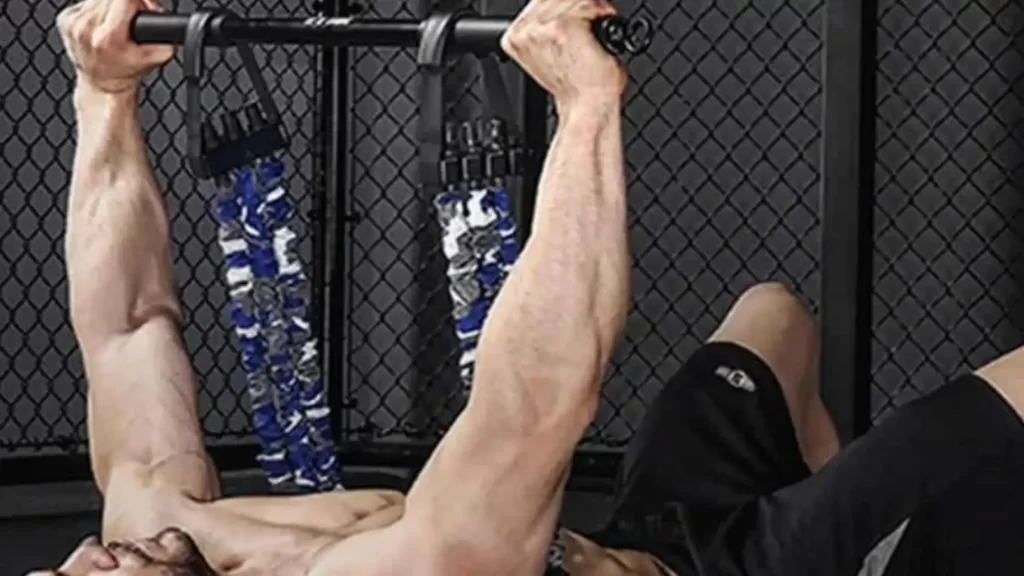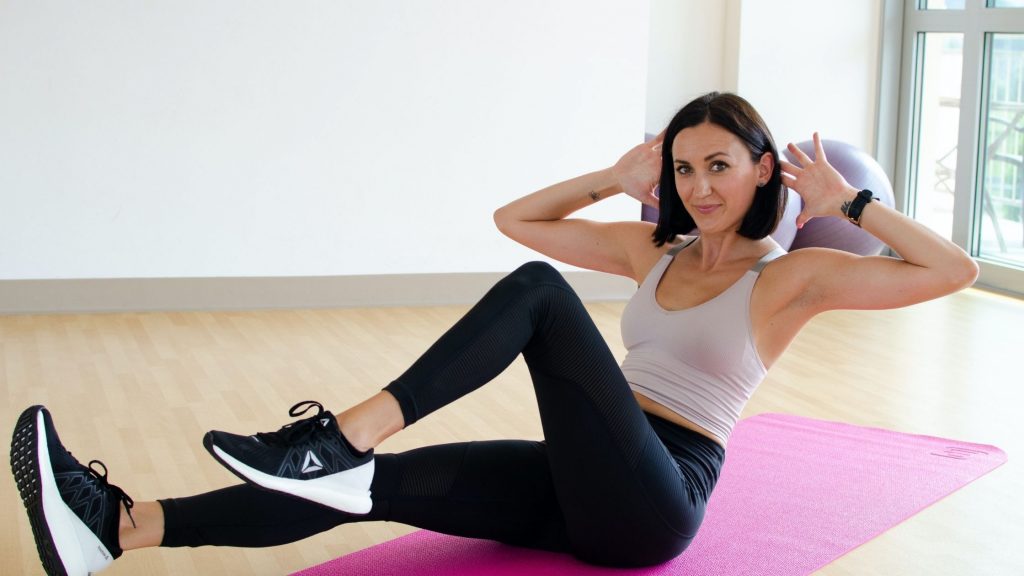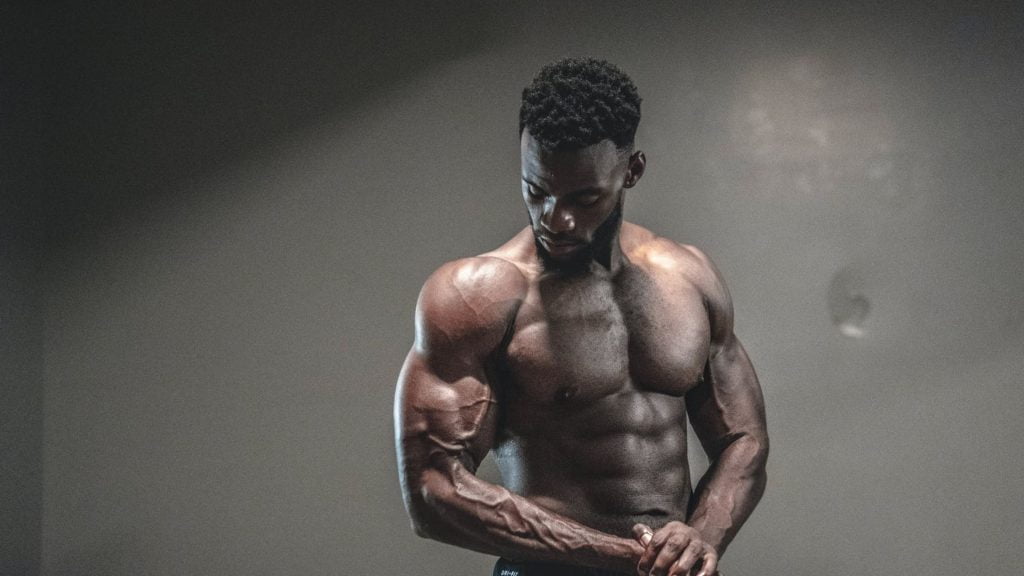Ballistic Stretching exercise is the current favorite trend of fitness influencers and if you are here, you might be intrigued about it as well.
As you might have got your favorite workout outfit, the matching shoes to go with it and workout playlist ready to blast on your phone. You are ready to pull the gear because you are brimming with motivation from the last workout video you saw and technically nothing can stop you from becoming the next “#FitnessGoals” gram star.
But then a nudging thought about ‘stretching’ distracted your mind and since you want to keep the pace fast, you are thinking to go for Ballistic Stretching, because you are already in beast mode and want to do the extreme of everything, Right? Not right.
Because Ballistic Stretching Exercise might be a go to stretching technique for athletes but it could be quite risky for the average person. Read on to know why.
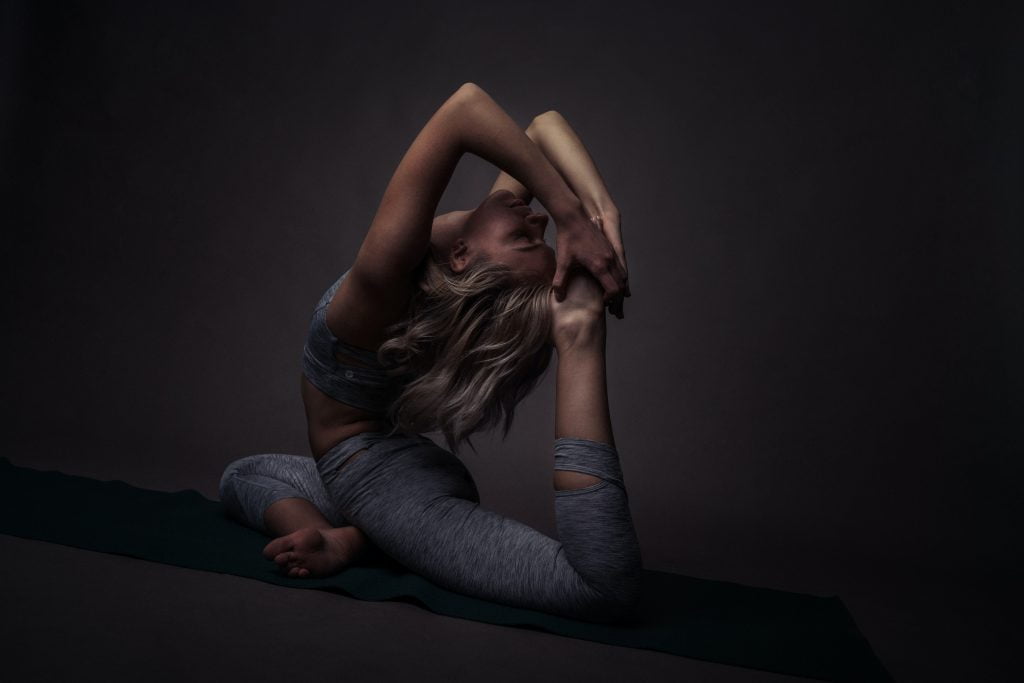
IN THIS ARTICLE
What is Ballistic Stretching Exercise
Ballistic Stretching Exercise is characterized by doing repeated jerky and sudden muscle movements to increase muscle flexibility. By practicing Ballistic stretching, you are pushing your body past its natural range of motion by using force, gravity, and momentum. This is very popular among athletes and ballerinas, as it helps them to move the limbs beyond their normal range of motion and hence improves their performance.
But how’s that possible, you might wonder. So let us put our nerd hat (just for a little while) and tell you the science behind it. All muscles have an internal sensory input mechanism, wherein, when the muscle is moved beyond its normal range of motion, it sends the signal to the sensor to stop the further motion and hence safeguarding itself against possible joint injury. But Ballistic Stretch bypasses this sensor system because of its sheer suddenness and force, hence increasing the spatial range of muscle movement.
Benefits of Ballistic Stretching Exercise
High Fexibility
Athletes who are playing sports like soccer, volleyball, basketball, martial arts or gymnastics require their muscles to achieve a wider range of motions. Ballistic Stretching Exercise warm-up session leads them to train their muscles for high impact activity by allowing more spatial range.
Performance Enhancement
Regular practice of Ballistic Stretching Exercise shows dramatic effects on muscle flexibility increasing the chances of performance enhancement in athletes who rely majorly on quick and challenging movements in their respective fields.
Reduces Fatigue
Ballistic stretching also helps in reducing fatigue and lethargy by charging your body by quick warming up and lifts up your spirits.
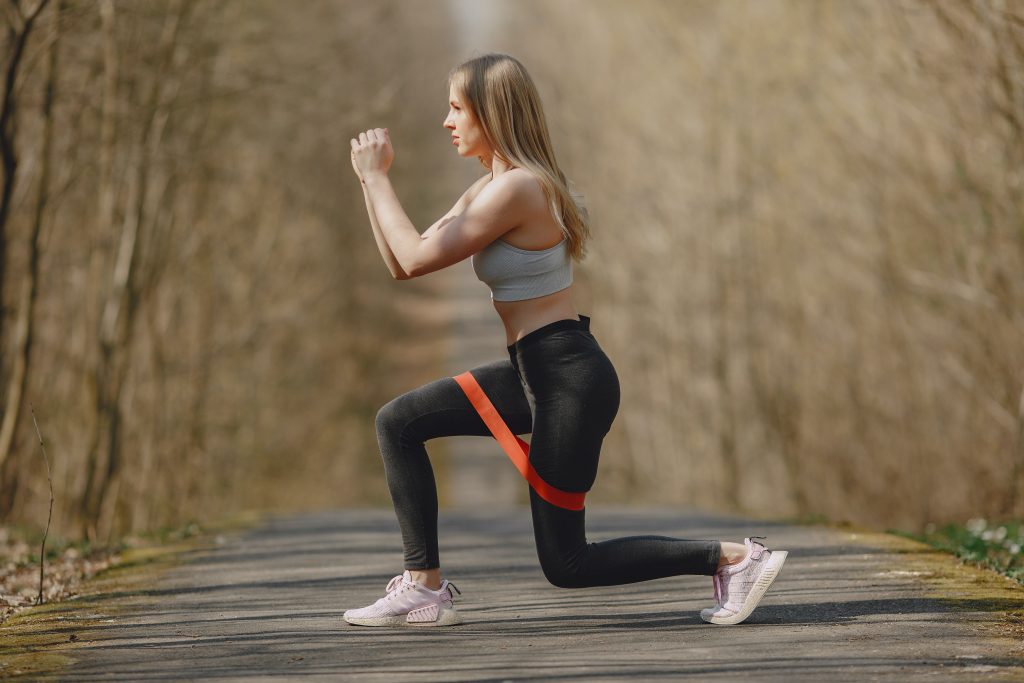
Is Ballistic Stretching Exercise safe for beginners?
Short answer- No, it isn’t. Ballistic Stretching Exercise is useful for ballerinas and athletes who train under strict supervision and have control over their muscle movements in a slightly extended range of motion. But for a beginner, it can be very harmful. It shouldn’t be performed casually as it can cause injuries, muscle weakness, and tendon tears. So if you are a beginner and haven’t exercised before, you should consider other safer options of stretching like static stretching.
Can Ballistic Stretching Exercise Cause Injury?
Yes, the potential of getting injured is dramatically high while doing the ballistic stretch. The risk of injury increases because while performing the stretch, you are trying to push your muscles repeatedly and uncontrollably around the joint and past their limitations. This can cause soft tissue damage and muscle tears. Ballistic stretches can weaken the hamstrings.
Types of Stretching
Dynamic Stretching v/s Ballistic Stretching Exercise
There are different types of stretching and depending on your requirements, you can always switch between them. If you are starting out then it is best to keep your physical trainer in the loop. Pay heed to the professional expert advice of a medical practitioner, if you have had a previous injury, medical condition, or trauma.
Stretching can be classified into 3 major categories – Static, Dynamic, and Pre contraction Stretching. Different kind of stretching serves a different purpose for the body. For a beginner, static stretching does the trick as it relieves the muscle tension that has been built up during the workout.
Safe ways to perform Ballistic Stretching Exercise
Precisely, if you are a gym novice, you should not aim to put extra strain on your muscles because your body needs some time to get acquainted with your new fitness regime. The sudden and jerky movements involved in ballistic stretches can cause injuries.
Static Stretching is considered the safest and most effective kind of stretching for beginners. It involves standing, sitting or lying while holding a single position for a certain amount of time. One can eventually move their way up to dynamic stretching from here.
The most effective way to practice safe stretching is to use resistance bands. The bands provide a safety net by keeping the range of stretch in controlled zone. This is because bands let you to exert just enough tension to deepen your stretch with out going past the muscle limit.
Expert Tip – Perform static stretches after workout sessions as holding the stretch tires the muscles out and hence can jeopardize your workout. You can try dynamic stretching before your workout sessions because it gives momentum to the body and helps perform better.
Frequently Asked –
How long should you hold your stretch for?
To get the optimal benefits from stretching, a stretch should behold for around 30-60 seconds. Too many long holds, while you are just starting out on your fitness journey, might cause your muscles to ache. Most experts now believe that 30 seconds is enough time to get your muscles in action.
What happens if you stretch every day?
Regular stretching can help increase your flexibility, which has an important role in overall fitness. It also helps in proper blood circulation, improves posture, and helps with body aches. Experts suggest that if you can’t stretch daily, you can try to stretch at least twice or thrice a week to gain visible improvements in flexibility. But of course, daily stretches will lead to far better results.
Conclusion
Stretching should be an integral part of your workout session. It targets and helps with the broad spectrum of things like symmetry, flexibility, range of motion, right posture, and aiding the functionality of the body. But beginners should refrain from practicing Ballistic Stretching Exercise until and unless they are not under the supervision of a fitness expert. They should opt for static stretching and should use resistance bands for more effective results.




